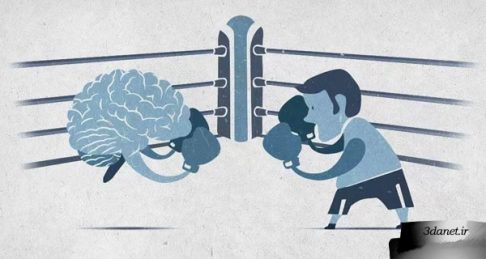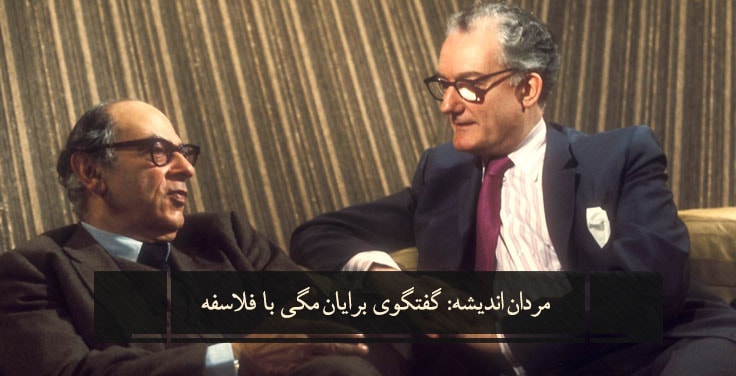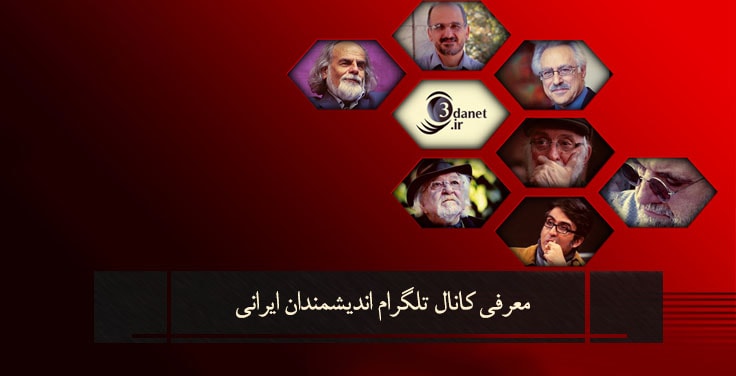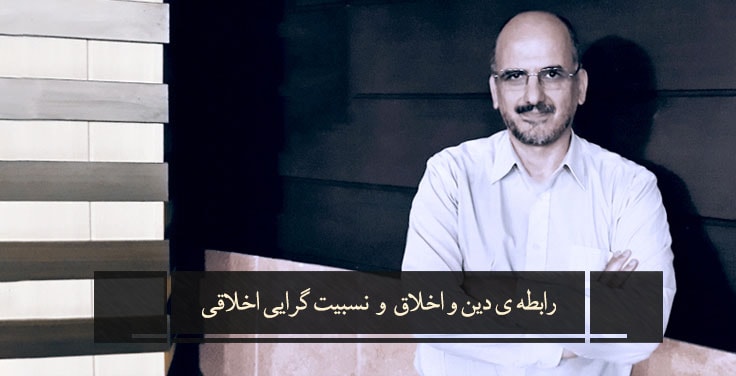
حوزۀ اقتصاد رفتاری بصیرتهایی از روانشناسی را با اقتصاد میآمیزد و بینشهای ارزشمندی را پیرامون اینکه رفتار افراد مطابق بهترین منافعشان نیست، عرضه میکند. اقتصاد رفتاری چارچوبی را برای فهم اینکه چه هنگام و کجا آدمیان مرتکب خطا میشوند، ارائه میکند. خطاهای سیستماتیک یا اشتباهات در مواقعی مشخص به گونهای پیشبینیپذیر رخ میدهند. آموزههای اقتصاد رفتاری را میتوان برای ایجادِ محیطهایی به کار برد که مردمان را به سمت [اتخاذ] تصمیمهایی عاقلانهتر و زندگانی سالمتر هُل میدهد.
اقتصاد رفتاری در مقابل جست و خیز دیدگاهِ اقتصادی مرسوم موسوم به مدلِ انتخابِ عقلانی پدید آمد. فرض بر این است که شخص عاقل به درستی هزینهها و منافع را سنجیده و بهترین انتخابها را از برای خود انجام میدهد. انتظار میرود که این شخصِ عاقل اولویتهای خود را (چه در حال و چه در آینده) باز شناخته و هرگز میان دو میلِ متقابل چون آونگ نمیآویزد. او بر خودداری به حد اعلی توانا بوده و میتواند محرکهای آنی را که چه بسا او را از دست یابی به اهداف بلند مدتش بازدارند، کنترل کند. اقتصاد مرسوم از این فرضیات جهتِ خبردادن از رفتار انسان واقعی بهره میبرد. خط مشی مصلحت معیار که از این نوع نگاه ریشه میگیرد از برای این است تا به آدمی بیشترین انتخابهای ممکن را عرضه داشته و ایشان را واگذارد (با حداقل کنشِ حکومت) آنچه را بیش از همه میپسندند، برگزینند؛ چرا که ایشان بسی بهتر از گماشتههای حکومت مصلحت خود را میشناسند. افراد بیش از همه میدانند که چه چیزی برایشان بهترین است.
در مقابل، اقصاد رفتاری نشان میدهد که آدمیان راستین اینگونه عمل نمیکنند. مردمان تواناییهای شناختیِ محدودی داشته و در خودداری مشکل فراوان دارند. آدمها غالباً انتخابهایی می کنند که رابطه پر چند و چونی با مصالح (=شادکامی) آنها دارد. ایشان تلاش دارند تا گزینهای را انتخاب کنند که سریعترین نتیجه را دارد؛ آنهم در ازای شادکامی بلند مدت شان: مانند مواد کشیدن و پرخوری. آنها اساساً مغلوب فضا شده و غالباً کمتر میدانند که سال بعد یا حتی فردا از چه چیزی خوششان خواهد آمد. همانطور که دنیل کانمان (۲۰۱۱، ص ۵) میگوید “تو گویی اقتصاد مرسوم و اقتصاد رفتاری از دو گونۀ جانوری سخن میگویند.” اقتصاد رفتاری نشان میدهد که ما استثنائاً انسانهایی متناقص و جایزالخطاء هستیم. ما هدفی را برگزیده و سپس متعاقباً بر ضدّ آن عمل میکنیم زیرا مشکل در خودداری موجب ناکام ماندن ما در به انجام رساندنِ اهدافمان میشود.
اقتصاد رفتاری این گونه خطاها را در تصمیم گیری تا [نیل] به طرحوارۀ ذهن آدمی دنبال میکند. عصبشناسان ادعا میکنند که ذهن بخشهای مختلفی(=فرآیندهای ذهنی) داشته و هرکدام به منطق خود در کار است. (کورزبان، ۲۰۱۱) بورکاس و کاریلو (۲۰۱۳) یادآور میشوند که مغز به راستی چون سازمانی از نظامهایی است که با یکدیگر در تعامل هستند. نکتۀ مهم آنکه مغز یک دموکراسی است.(تونُنی، ۲۰۱۲) این یعنی هیچ عنصر تصمیم گیرندۀ غالبی در کار نیست. هدفِ رفتاری فرد را اگرچه میتوان به مثابۀ به غایت رساندنِ شادکامی بیان کرد [اما] دستیابی به این هدف مستلزم یاریِ مناطقِ مختلف مغز است.
اقتصاد رفتاری در تلاش است تا فهمِ روانشناسان را از رفتار آدمی با تحلیلِ اقتصادی گرد همآورد. از این منظر، اقتصاد رفتاری در موازاتِ روان شناسی شناختی بوده که میکوشد افراد را از طریق اصلاح موانعِ شناختی و عاطفی در مواجه با جستجویِ منافع حقیقی شخصیِ به رفتارهایی سالمتر رهنمون شود. (لونشتاین و هیزلی، ۲۰۰۸)
در آخر، اقتصادِ رفتاری راههایی را پیش مینهد که چگونه سیاستگذاران میتوانند زیستمحیطها را جهتِ تسهیلِ انتخابهایی بهتر بازسازی کنند. (سانشتاین؛ ۲۰۱۴) تمرکز بر خطاها[یِ موجود در رفتار آدمی] راههایی را پیش روی میآورد که چگونه سیاستگذاران محیط را برای اتخاذِ تصمیمهای بهتر مهیا سازند. برای نمونه به سادگی بخشیدنِ نظمی دیگر به چیزهایی که اکنون در مدرسه عرضه میشوند بچهها را ترغیب میکند تا مواد مغذی را بیشتر بخرند. (برای مثال با پیش چشم قرار دادنِ میوه، دور از دسترس قرار دادن دستگاه فروش نوشیدنی گازی و یا از دانش آموزان خواهان دسرها و نوشیدنیهای ملایم پول دریافتن کردن).
در کل، پیام اصلیِ اقتصاد رفتاری آن است که آدمیان در قضاوتِ خطاها به غایت عجیب هستند و برای گرفتن تصمیمهایی که بیش از همه چیز به صلاح ایشان است نیاز به هُل دادن دارند. اطلاع از اینکه مردمان کجا به خطا میروند میتواند به راه درست رفتن آنها کمک کند. این رویکرد مدلِ انتخابِ عقلانی را تکمیل و ارتقاء میبخشد.
.
.
The field of behavioral economics blends insights of psychology and economics, and provides some valuable insights that individuals are not behaving in their own best interests. Behavioral economics provides a framework to understand when and how people make errors. Systematic errors or biases recur predictably in particular circumstances. Lessons from behavioral economics can be used to create environments that nudge people toward wiser decisions and healthier lives.
Behavioral economics emerged against the backdrop of the traditional economic approach known as rational choice model. The rational person is assumed to correctly weigh costs and benefits and calculate the best choices for himself. The rational person is expected to know his preferences (both present and future), and never flip-flops between two contradictory desires. He has perfect self-control and can restrain impulses that may prevent him from achieving his long-term goals. Traditional economics use these assumptions to predict real human behavior. The standard policy advice that stems from this way of thinking is to give people as many choices as possible, and let them choose the one they like best (with minimum government action). Because they know their preferences better than government officials do. Individuals are in the best position to know what is best for them.
In contrast, behavioral economics shows that actual human beings do not act that way. People have limited cognitive abilities and a great deal of trouble exercising self-control. People often make choices that bear a mixed relationship to their own preference (happiness). They tend to choose the option that has the greatest immediate appeal at the cost of long-term happiness, such as taking drugs, and overeating. They are profoundly influenced by context, and often have little idea of what they will like next year or even tomorrow. As Daniel Kahneman (2011, p5) put this, “it seems that traditional economics and behavioral economics are describing two different species.” The latter shows that we are exceptionally inconsistent and fallible human being. We choose a goal and then frequently act against it, because self-control problem fails us to implement our goals.
Behavioral economics traces these decision errors to the design of the human mind. Neuroscientists argue that the mind consists of many different parts (mental processes), each operating by its own logic (Kurzban, 2011). Brocas and Carrillo (2013) note that the brain is best represented by an organization of systems that interact with each other. A key insight is that the brain is a democracy (Tononi, 2012). That is, there is no dominant decision maker. Although the behavioral goal of an individual can be stated as maximizing happiness, reaching that goal requires contributions from several brain regions.
Behavioral economics attempts to integrate psychologists’ understanding of human behavior into economic analysis. In this respect, behavioral economics parallels cognitive psychology, which attempts to guide individuals toward more healthy behaviors by correcting cognitive and emotional barriers to the pursuit of genuine self-interest (Lowenstein, and Haisley, 2008).
Finally, behavioral economics suggests ways how policy makers might restructure environments to facilitate better choices (Sunstein, 2014). The focus on errors suggests ways how policy makers might restructure environments to facilitate (nudge) better choices. For example, simply rearranging items that are currently offered within the school encourages children to buy more nutritious items (e.g., placing the fruit at eye level, making choices less convenient by moving soda machine into more distant areas, or requiring student pay cash for desserts and soft drinks).
In sum, the basic message of behavioral economic is that humans are hard wired to make judgment errors and they need a nudge to make decisions that are in their own best interest. The understanding of where people go wrong can help people go right. This approach complements and enhances the rational choice model.
References
Brocas I., Carrillo JD (2013). Dual-process theories of decision-making: A selective survey. Journal of Economic Psychology, http://dx.doi.org/10.1016/j.joep.2013.01.004
Kahneman Daniel (2011) Thinking, Fast and Slow, New York: Farrar, Straus and Giroux
Kurzban Robert (2011). Why Everyone (Else) Is a Hypocrite: Evolution and the Modular Mind. Princeton University Press
Loewenstein, George; Haisley, Emily (2008) “The economist as therapist: The methodological ramifications of “light” paternalism”, in Andrew Caplin And Andrew
Sunstein, CR (2014) Why Nudge? New Haven: Yale University Press.
Tononi, Giulio (2012). Phi: A Voyage from the Brain to the Soul. Pantheon
.
.
منابع
۱_Brocas I., Carrillo JD (2013). Dual-process theories of decision-making: A selective survey. Journal of Economic Psychology, http://dx.doi.org/10.1016/j.joep.2013.01.004
۲_Kahneman Daniel (2011) Thinking, Fast and Slow, New York: Farrar, Straus and Giroux
۳_Kurzban Robert (2011). Why Everyone (Else) Is a Hypocrite: Evolution and the Modular Mind. Princeton University Press
۴_Loewenstein, George; Haisley, Emily (2008) “The economist as therapist: The methodological ramifications of “light” paternalism”, in Andrew Caplin And Andrew
۵_Sunstein, CR (2014) Why Nudge? New Haven: Yale University Press.
۶_Tononi, Giulio (2012). Phi: A Voyage from the Brain to the Soul. Pantheon
.
.
اقتصاد رفتاری چیست؟
کمک به اینکه آدمی زندگی سالم تر و شادتری داشته باشد
نویسنده: شهرام حشمت
مترجم: پژمان رنجبر
منبع
.
.








